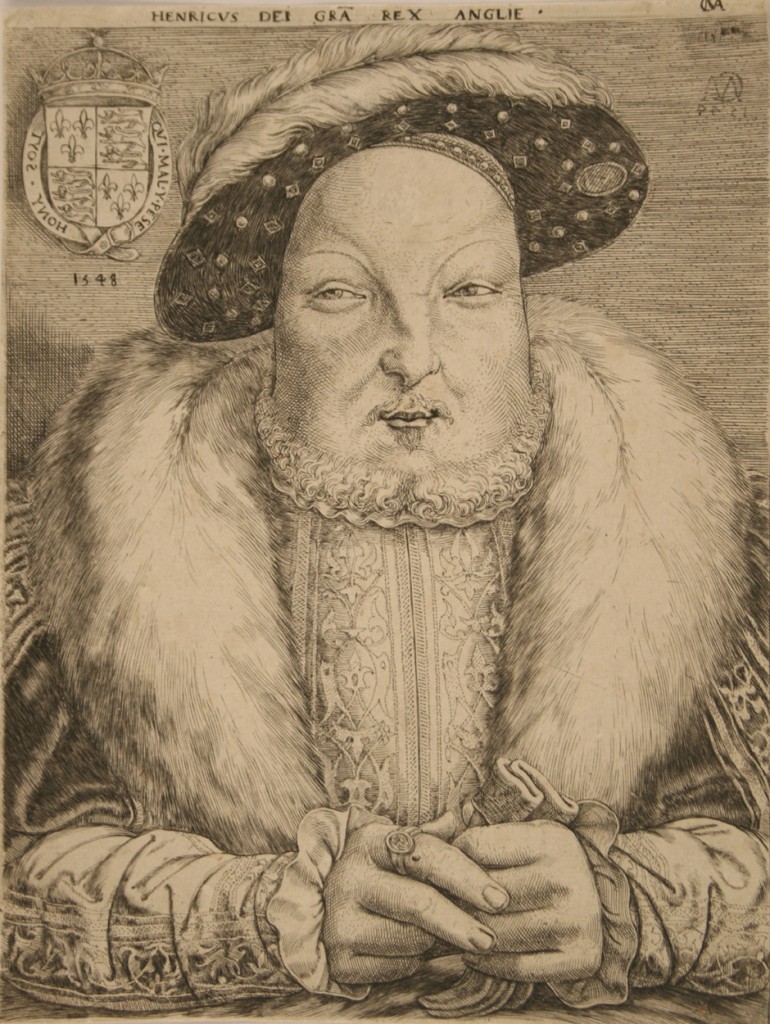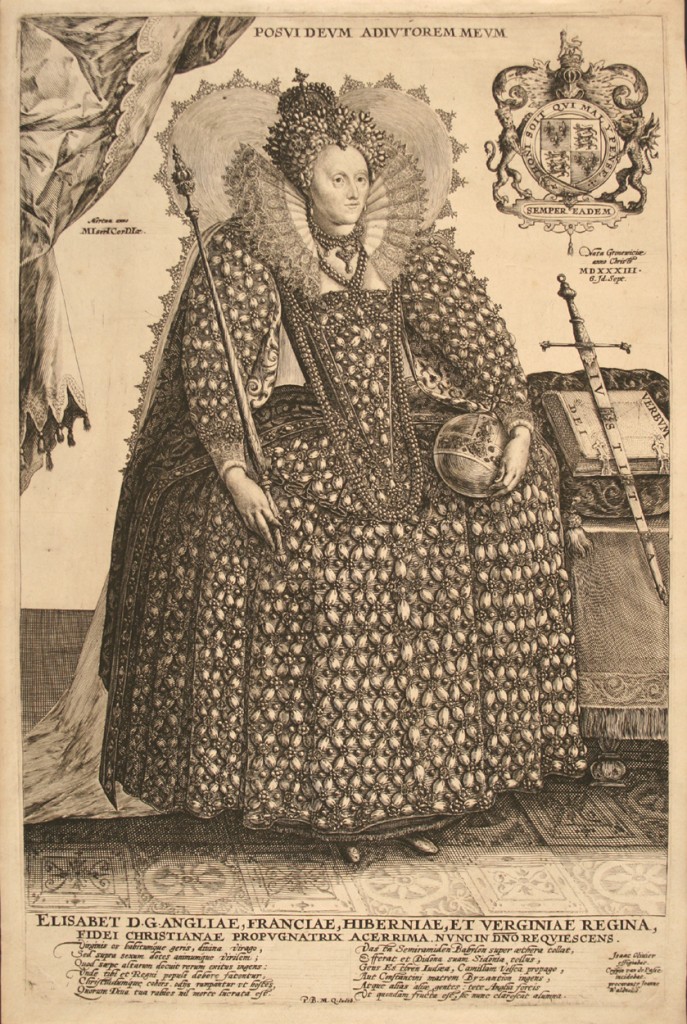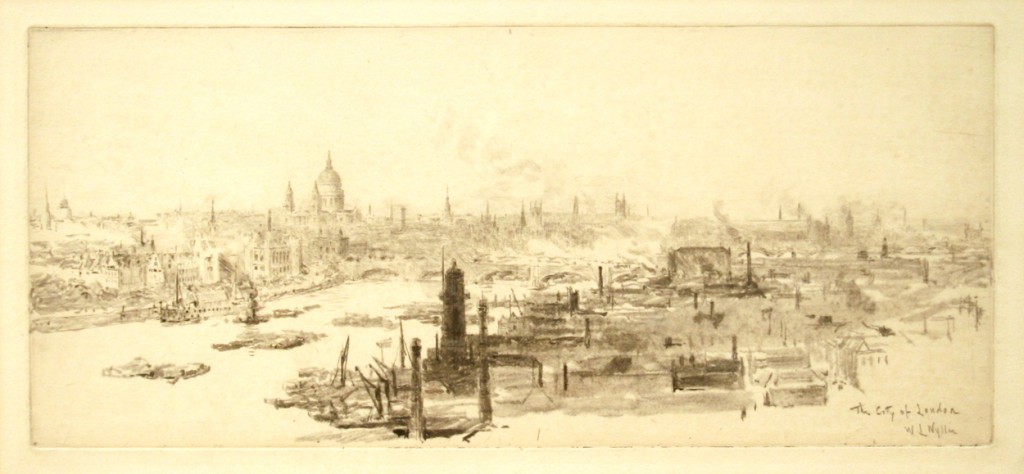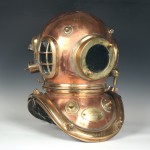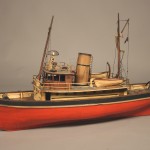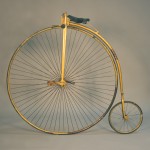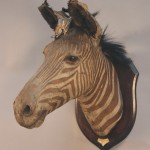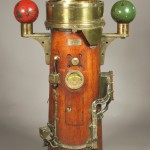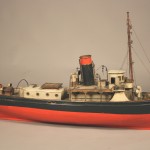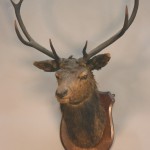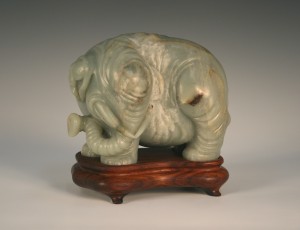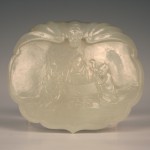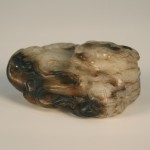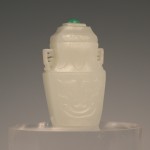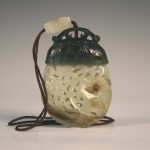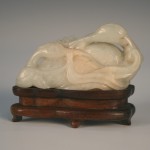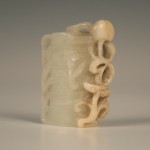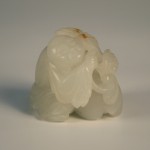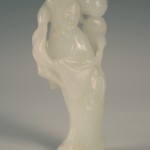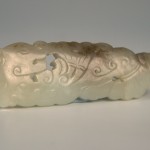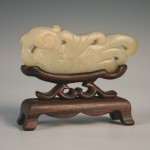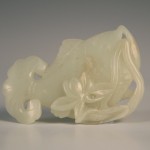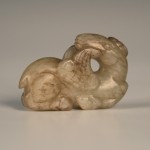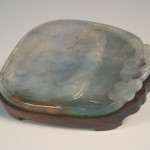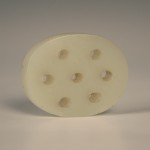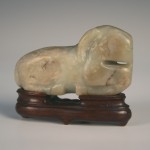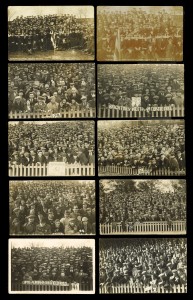
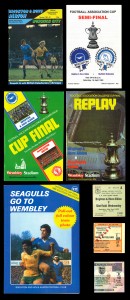
Other than antiques, fine art and collectors’ items, one of the main topics of discussion in Toovey’s Sussex saleroom is football. With the performances, refereeing decisions, goals, managers, saves, fouls, form and transfers often debated, the saleroom has on occasions transformed into an arena of football punditry. Who will be managing England at the 2012 European Championships seems to be a current hot topic of conversation. It would appear that the forthcoming summer of football and the millions wasted on strikers who can’t find the net in the Premiership seem to be overshadowing the mighty performances of one of our local teams, Brighton & Hove Albion. The Seagulls were newly promoted into the Championship this season and appear to have settled into their much-awaited new home at the AMEX stadium.
The East Sussex team were founded in 1901 and originally played in the Southern League, before being elected to the Football League in 1920. Arguably their greatest spell was in the 1980’s, whilst playing in the top division they had a cup-run that took them to Wembley in the F.A. Cup where they played Manchester United, losing after a replay. The forthcoming sale of Paper Collectables on Tuesday 17th April includes Lot 3205, a large collection of football programmes mostly relating to Brighton and Hove Albion. Included in the lot is a series of programmes that follow the cup run of the 1982/83 season, including the semi-final, final and replay, these three all have the original ticket stubs for the matches included (see illustration, click for an enlarged image and again for further magnification), the lot carries a presale estimate of £100-150.
In the Postcard section of the same specialist sale is Lot 3050 (see illustration, click for an enlarged image and again for further magnification). This lot comprises a group of 10 photographic postcards of crowd scenes at the football matches of Brighton and Hove Albion. Dating from 1910 to circa 1929, the majority of the cards were published by the Hove-based photographer Thomas Walter Stephen Wiles, later Deane, Wiles & Millar, or the Brighton Camera Exchange. The postcards show a different era of football, the anonymous faces looking out are dressed in their Sunday best at a time when financial investment in the sport was considerably different. It was also a different era for the Seagulls as these were taken at their former home, the Goldstone Ground. Amongst the supporters and collectors these postcards are always sought after, particularly those featuring cup-runs (as some of these do) or those against rival clubs. This lot carries the presale estimate of £50-80 and is offered alongside Stamps, other Postcards, Cigarette Cards, Autographs, Photographs and Printed and Manuscript Ephemera in Toovey’s Sale of Paper Collectables on the 17th April 2012. For viewing times for the auction please click here.
Under manager Gus Poyet, Brighton and Hove Albion are currently competing for a Play-off place in the Championship, and in the absence of any Crystal Palace supporters at Toovey’s, we wish them the very best of luck!
